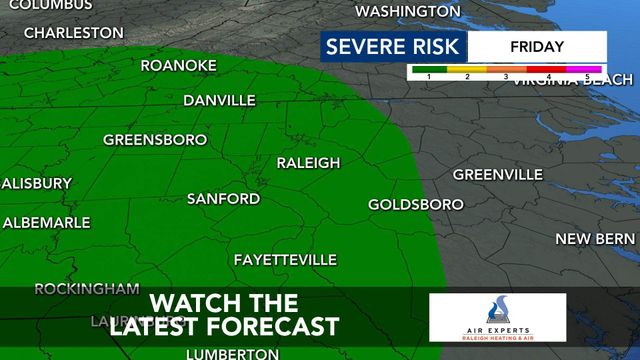Meteor, asteroid making headlines Friday
Today has turned into a big day for rocks flying toward Earth from space.
Scientists have been anticipating today's pass of asteroid 2012 DA14 since it was discovered a year ago by the Observatorio Astronómico de La Sagra (OLS) in the Andalusian mountains of Southern
Spain. We also awoke this morning to news of a meteor streaking through the sky above the Urals region of Russia.
We are already seeing reports of meteorites on the ground, which has planetary scientists very interested. These visitors from space are planetary left overs dating back to the formation of the solar system. The names given to these objects during different points in their journey can be confusing. The same object can be called a meteorite, meteoroid, meteor, NEO, and asteroid along its path to the ground (if it survives) from space. Its all the same (or pieces of) the same object though. In order from the ground to the far reaches of the object's orbit around the sun:
Meteorite: bits of a meteoroid that survived the fall through Earth's atmosphere. Created when a meteoroid breaks apart, sometimes violently, mid fall.
Meteoroid: a small particle, usually from an asteroid. NASA and the European Space Agency have confirmed that this morning's meteor event and the flyby of asteroid 2012 DA14 are unrelated. The origin of meteor sighted in Russia this morning is not known at this point.
Meteor: the trail of a meteoroid burning up in friction of the Earth's atmosphere. Flashes seen are the meteoroid exploding in mid-air creating meteorites. Commonly called a shooting star.
Near Earth Object (NEO): Asteroids and Comets which have orbits that bring them close to Earth. NEOs are of great interest not only because of the potential threat they bring to Earth but also because
of the potential resources that could be mined from them including metals and ingredients for rocket fuel.
Asteroid: left overs from the formation of the solar system ranging in size from less than a mile to a few hundred miles wide, orbiting the sun and is composed of rock or metals. Originally formed in the warmer inner parts of our solar system between between Mars and Jupiter. These are the left overs from the formation of the rocky planets Mercury, Venus, Earth, and Mars.
Comets: similarly left over but made up of dust and ice instead. The Sun's energy causes that dust and ice to stream behind creating a coma or tail. Comets are the left overs from the formation of the outer, gas giant planets of Jupiter, Saturn, Uranus, and Neptune. We are looking forward to a couple of comets passing in our neighborhood that are expected to put on quite a show if they can survive their pass near the Sun.
2012 DA14 wont be in our skies until after sunset tonight but wont be easy to find. The asteroid is small, about half the size of a football field. It will also be far away, over 70,000 miles once Earth rotates
enough for the asteroid to be above the horizon and the sun low enough below the horizon to make it visible to larger research telescopes.
The best place to watch asteroid 2012 DA14 flyby our planet is online or on NASA TV. JPL scientists will start their commentary at 2 pm EST. NASA and other agencies will be watching it via radar through much of the pass.
Tonight is expected to be a clear night, so take the opportunity to see the stars and look to the part of the sky where the asteroid will be streaking away from Earth. It will be low in our Northern skies traveling East to West after sunset tonight.
It will pass through the handle of the Usa Major (the Big Dipper) around 4:45 and on through the tail of Draco the Dragon around 6 pm. Click on the skychart on the left for a better idea of where to look.









